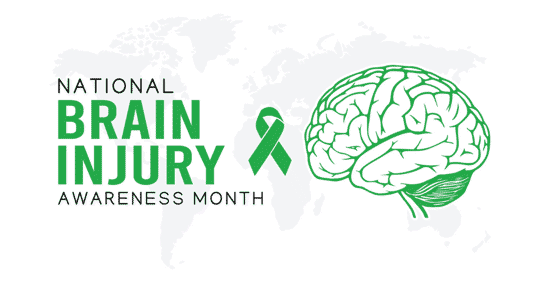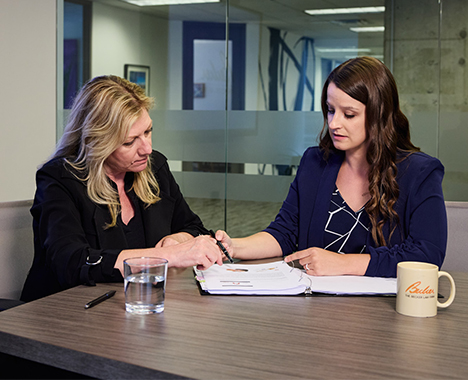Schedule a Consultation
216-621-3000Schedule a Consultation
216-621-3000
March is Brain Injury Awareness Month and The Becker Law Firm is happy to support the Brain Injury Association of America (BIAA) in its mission to educate people about brain injuries and their long-term consequences.
According to the BIAA, roughly 1 in 60 Americans lives with a brain injury-related disability. And while millions of brain injuries are sustained each year, the condition remains largely misunderstood and misdiagnosed.
So what it a brain injury? Typically, we use the term “brain injury” to refer to acquired brain injuries, or ABIs. An acquired brain injury is not congenital or present at birth and instead happens after birth. There are generally two types of acquired brain injuries:
As part of this year’s campaign, the BIAA is reminding everyone that brain injury is more than an initial injury. It’s the beginning of a neurological disease that can have profound long-term consequences. As the BIAA notes, all brain injuries have the potential to affect:
The effects of a brain injury can vary widely from person to person. Effects are also influenced by the underlying cause, location of brain damage, and severity of initial injury. While there is still much to learn about brain injuries, progress in researching, studying, and preventing these injuries is being made. For example, we know:
As a firm that fights for victims who suffer traumatic brain injuries in preventable accidents and brain damage resulting from medical malpractice, The Becker Law Firm knows brain injuries can change a person’s life and the lives of entire families. This month, we encourage you to get involved by learning more about brain injuries or sharing informative posts from the BIAA.

